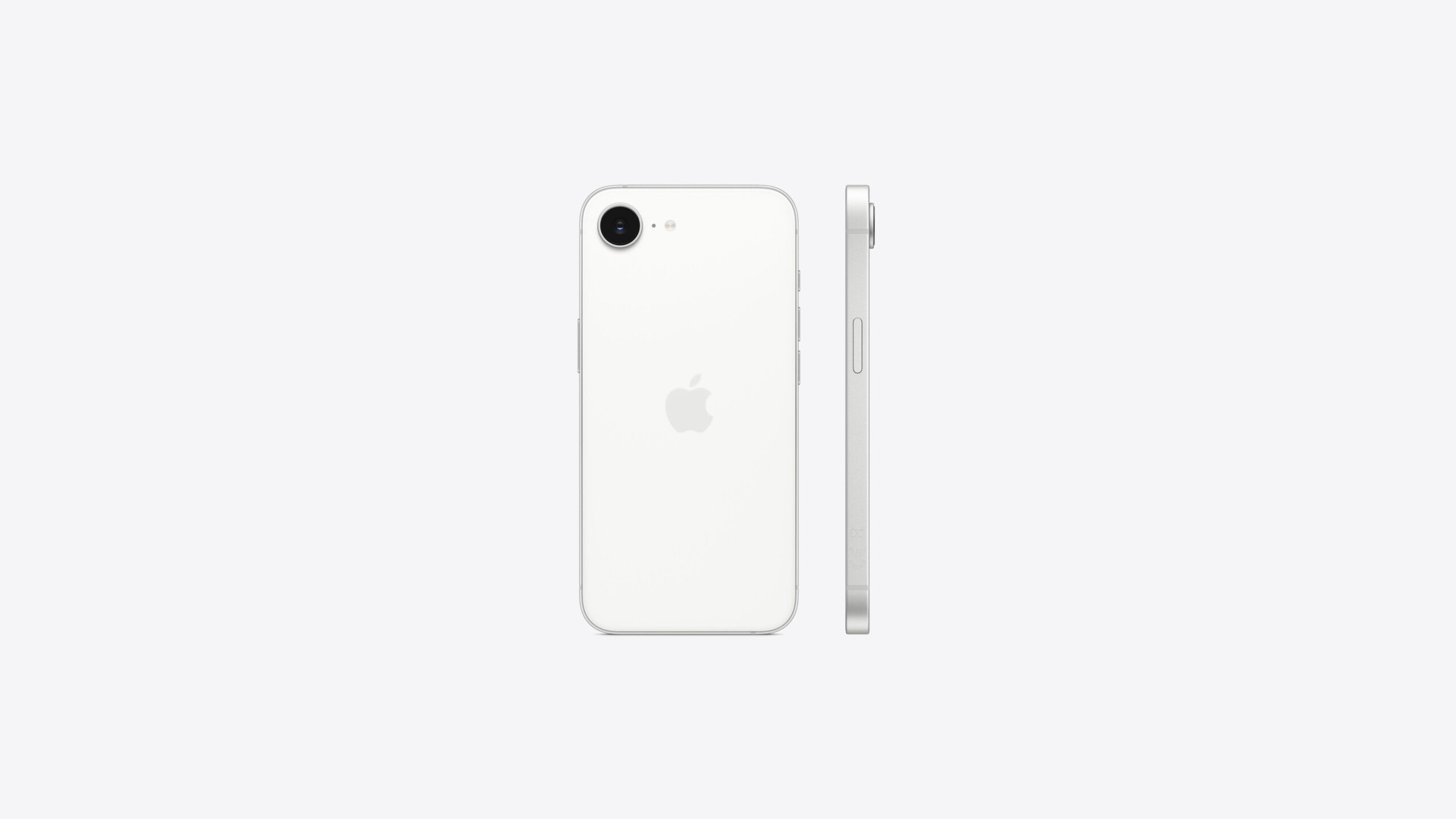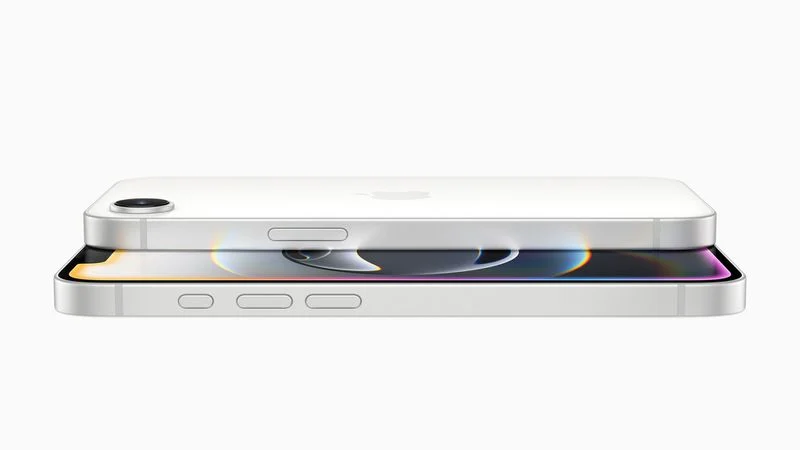Apple is making it easier for people to fix their iPhone 16e at home. The company recently shared that its self-service repair program now includes this model. This means you can buy real Apple parts, like screens or batteries, and use simple tools to fix your phone yourself. They even provide guides online to help you through the steps. It’s a handy option for those who don’t want to visit a store or pay someone else to do it. The program started a few years ago and keeps growing, giving users more control over their devices.
Along with this, Apple is getting ready to roll out iOS 18.4.1 soon. This update isn’t packed with big changes but focuses on fixing small problems and making the phone run smoother. It’s the kind of update that keeps things working well without adding fancy new features. People expect it to show up in the next week or two, based on how Apple usually does things. If you’ve had minor glitches on your iPhone, this might help sort them out.
Both the repair program and the update show Apple’s effort to keep customers happy. Letting people fix their own phones saves time and money, while the software tweak keeps your device running nicely. The iPhone 16e repair option is already live, so you can check out the parts and guides on Apple’s website now. As for iOS 18.4.1, keep an eye out for a notification on your phone soon. These moves make owning an iPhone a bit easier and more user-friendly.


